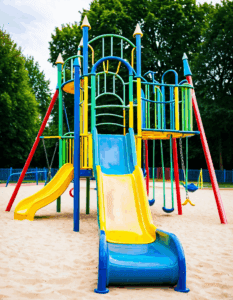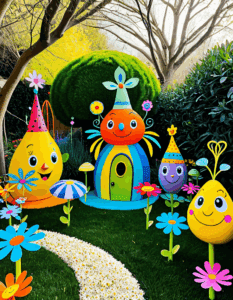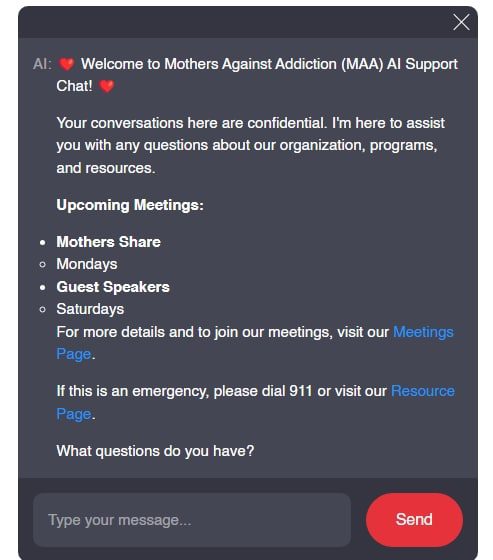Attention-Deficit/Hyperactivity Disorder (ADHD) can feel incredibly overwhelming, especially when discussing it in Spanish-speaking communities. The term TDAH (Trastorno por Déficit de Atención e Hiperactividad) is commonly used, but understanding its implications goes deeper than just terminology. ADHD can shape a child’s life in ways that affect their schooling, relationships, and emotional health, and it’s essential for parents to recognize this. Here, at Mothers Against Addiction, we strive to provide support for parents navigating these rough waters, offering compassion and practical resources for those affected.

1. The Basics of ADHD in Spanish: Defining the Condition
ADHD is a neurodevelopmental disorder characterized by symptoms like inattention, hyperactivity, and impulsiveness. In Spanish, it’s crucial to use terms like desatención, hiperactividad, and impulsividad to communicate effectively with both parents and educators. Spanish-speaking families need to grasp a range of symptoms, from a child’s inability to sit still to challenges with focusing on schoolwork, which can seem like riding a roller-coaster ride full of ups and downs.
It’s vital to understand that different types of ADHD exist: the inattentive type, the hyperactive-impulsive type, and a combined type. Each presents its own challenges and nuances. By acknowledging this, parents can better tailor their approaches. This knowledge helps foster understanding and compassion—it breaks down barriers and opens discussions around struggles that kids face in both Spanish-speaking homes and wider contexts.
Many might wonder, Is ADHD a mental illness? Knowing definitions can demystify the condition, making it easier for parents to address the question with others. You can read more about this on Mothers Against Addiction‘s What About Depression page, where conversations about mental health are encouraged.

2. The Top 7 Ways ADHD Affects Children’s Lives
ADHD isn’t just a school issue; it affects various areas of children’s lives. Here are the key impacts:
2.1. Academic Challenges
Children with ADHD often struggle academically due to a lack of focus and organizational skills. Imagine Diego, a Mexican-American student who felt lost in a whirlwind of assignments and deadlines. His breakthrough came when he used the Pomodoro Technique, a time management method that breaks work into chunks, helping him stay on track. It’s creative solutions like this that can turn challenges into opportunities, helping kids excel.
2.2. Social Relationships
For children grappling with ADHD, forming friendships can feel like climbing a steep hill. They often interrupt conversations or misread social signals, which can lead to misunderstandings. Kids might feel scared in Spanish (“asustado”) about interacting with peers. Research indicates that these social hurdles can leave children marginalized during recess or in classroom settings. Therefore, fostering social skills becomes a vital aspect of support.
2.3. Emotional Well-being
The emotional landscape for children with ADHD often resembles a turbulent ocean, filled with frustration and confusion due to impulsivity. Coping with these feelings can be tough. Emotional support is a must. It’s important for parents to create safe spaces for their children to express how they feel, validating those experiences and promoting resilience.
2.4. Family Dynamics
Having a child with ADHD can change the way families communicate and relate to one another. Parents may feel uncertain about how to set boundaries without dimming their child’s spirit. In some families, tension builds when siblings complain about the extra attention the child with ADHD receives. Sharing experiences and solutions can facilitate more supportive environments, where families can thrive together.
2.5. Physical Health and Activity Levels
Children with ADHD often burst with energy. This could be an asset if channeled correctly, like through organized sports or recreational activities. However, it also poses risks; explosive energy levels can lead to accidents or injuries if not managed properly. Highlighting safe, active outlets for that energy is essential for maintaining their physical health while encouraging mental well-being.
2.6. Technology and Distraction
In a tech-driven world, screens can both help and hinder kids with ADHD. While some apps can support focus, an overload of screen time often worsens concentration issues. Take mindfulness apps, for instance; they can significantly benefit attention spans. However, striking a balance is key—applauding healthy digital habits can cultivate better focus.
2.7. Cultural Considerations in Treatment
Different cultures perceive ADHD differently. In some Spanish-speaking communities, misconceptions might affect how families seek help. Parents can benefit from education focusing on accurate information regarding ADHD treatments. Bridging cultural gaps can empower families when deciding what interventions work best for their child.
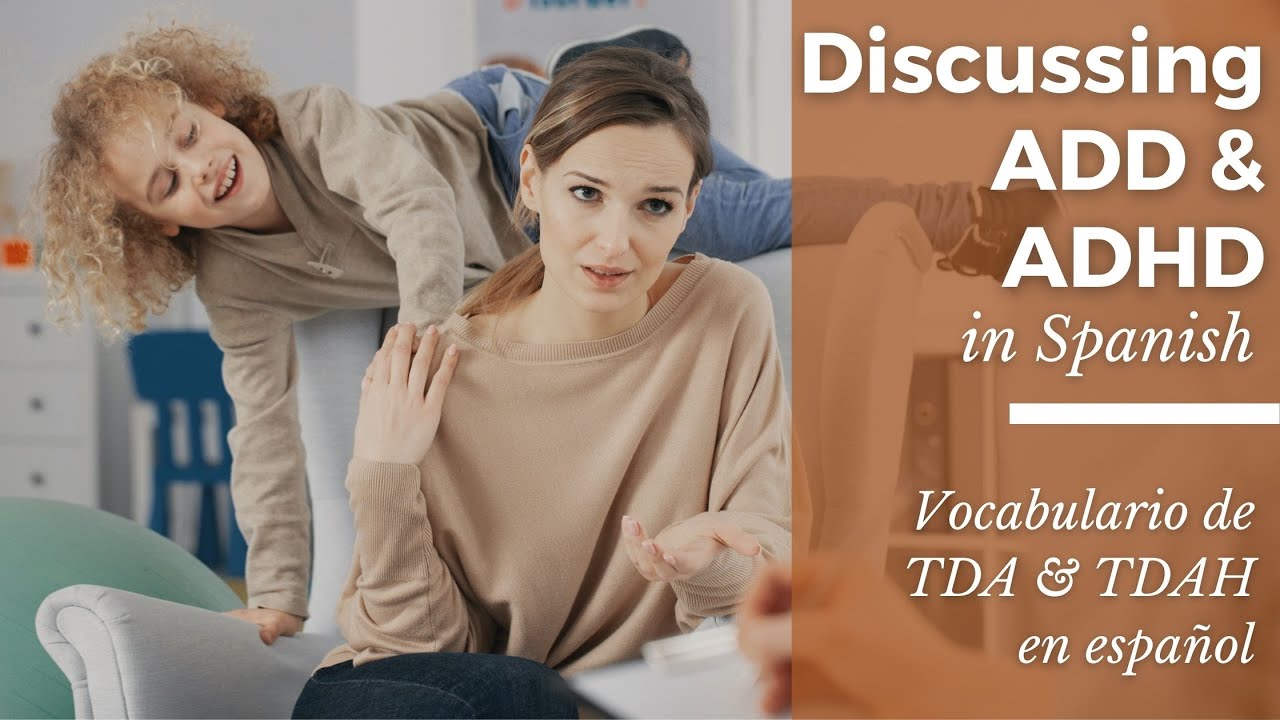
3. Strategies for Supporting Children with ADHD in Spanish-Speaking Families
To support children with ADHD effectively, here are some actionable tips tailored for Spanish-speaking families:
There are also community resources available, including support groups that offer materials in Spanish. These groups can foster a sense of belonging and offer strategies that resonate culturally.

4. The Future of ADHD Awareness in Spanish-Speaking Communities
The path forward is dotted with hope and potential. Initiatives aimed at improving awareness of ADHD among Spanish speakers are vital. Building partnerships with schools, healthcare providers, and local organizations can enhance families’ access to services and interventions. Education is the key to empowering families—rallying for consistent resources and clear communication can bridge the ongoing knowledge gap.
We need to come together to promote understanding around ADHD, setting the stage for a future where children are better supported in their lives, both at home and within their communities. Education campaigns targeting misconceptions will help unpack fears surrounding ADHD, ensuring children can flourish.
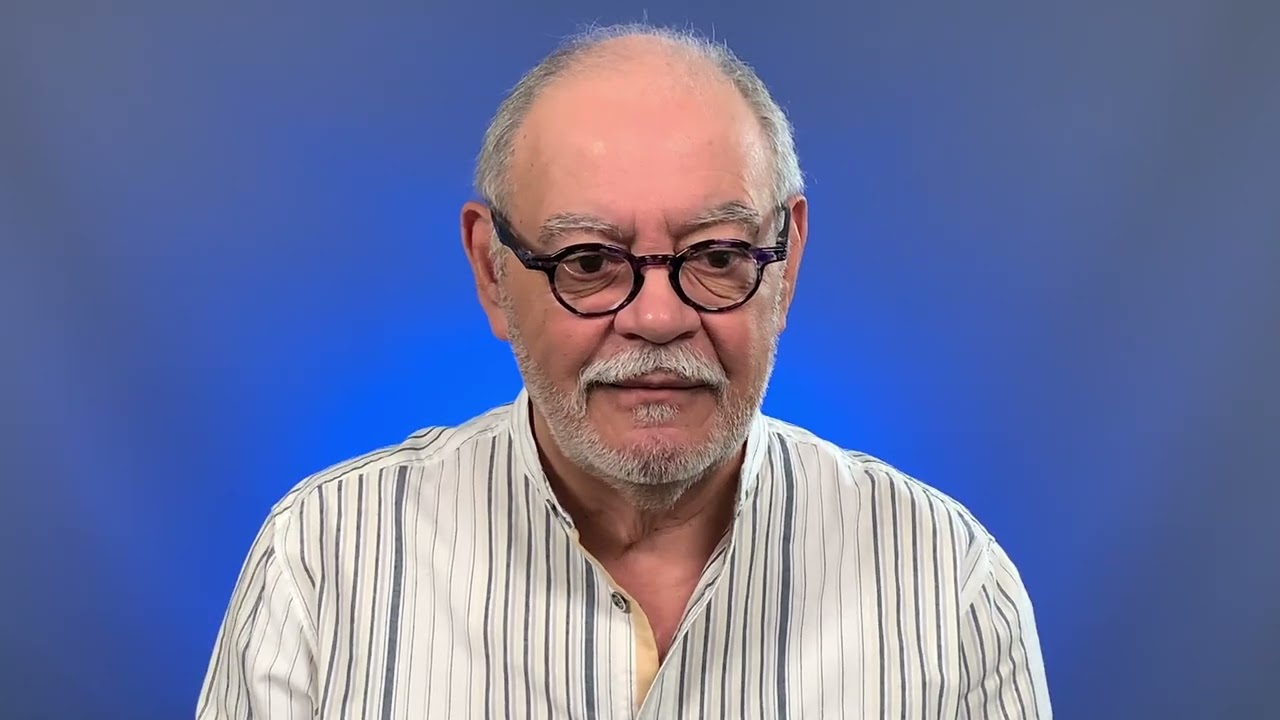
Embracing a Brighter Future for Children with ADHD
As we move ahead, fostering an environment of understanding and support is critical for children living with ADHD. By addressing misconceptions, advocating for effective treatments, and promoting awareness in Spanish-speaking communities, parents can truly help their children thrive both academically and emotionally. With dedicated efforts from families, educators, and healthcare individuals, we can create a supportive community where kids affected by ADHD have the tools they need to face their unique challenges.
Together, let’s support our children as they navigate these winding paths, giving them the courage to seek help and friendships. After all, that kind of love is what they truly need.
For further insights into mental health and how it intersects with addiction and family life, visit our resources at Mothers Against Addiction.
Together, we can help rewrite the narrative—encouraging a future filled with hope.
ADHD in Spanish: Fun Trivia and Interesting Facts
Understanding ADHD in Spanish not only benefits those who speak the language but can also enhance the experiences of children with this condition worldwide. Did you know that ADHD can present itself differently depending on cultural contexts? Children in Spanish-speaking regions may face unique challenges due to societal expectations. Just like the whimsical adventures in Mr. Magorium’s Wonder Emporium, children with ADHD often seek out their own magical pathways, filled with ups and downs.
Language and Emotion Connection
Now, let’s talk emotions! The term pain in Spanish reflects how important language is in expressing feelings. Kids with ADHD might struggle to communicate their emotions, leading to frustration. Engaging activities, like a playful bowl of Fruit Loops, can help kids focus and express themselves in a more relaxed environment. It’s all about creating a space where they feel at ease, as that can help unlock their creative potential.
Navigating Everyday Life
Life with ADHD can feel a bit like surviving a Night Of The Twisters: unexpected twists and turns around every corner. Children may find it hard to concentrate in school, making classroom settings tricky. However, connections with mentors and fun hobbies often spark interest. Think of how characters on The Bold and the Beautiful consistently navigate life’s challenges with resilience—that’s the kind of spirit parents can foster in their children struggling with ADHD.
By shining a light on how ADHD affects children through a cultural lens, we can equip parents with the tools they need for support. And those flashy Cartier necklace remind us that just as every piece of jewelry is unique, so too are the ways to approach and support children with ADHD in Spanish-speaking communities.

What is the Spanish word for ADHD?
The Spanish word for ADHD is “TDAH,” which stands for “Trastorno por Déficit de Atención e Hiperactividad.”
Is ADHD common in Mexicans?
ADHD is diagnosed in individuals of all ethnicities, including Mexicans, but studies suggest that awareness and diagnosis might vary by region and culture.
What is the translation of ADHD?
In English, ADHD translates to “Attention Deficit Hyperactivity Disorder.”
What does TDA mean in Spanish?
“TDA” in Spanish stands for “Trastorno por Déficit de Atención,” which is a part of the broader ADHD diagnosis.
Is ADHD a disability?
ADHD is considered a disability under certain conditions, especially when it significantly impacts daily functioning and quality of life.
Is ADHD a mental health disorder?
ADHD is recognized as a mental health disorder that affects attention, impulse control, and activity levels.
Is ADHD diagnosed in Mexico?
Yes, ADHD is diagnosed in Mexico, although there may be differences in awareness and availability of resources compared to other countries.
Is ADHD a learning disability?
ADHD is not classified as a learning disability, but it can affect learning and academic performance.
What ethnicity has the most ADHD?
Some studies suggest that ADHD may be more commonly diagnosed in certain ethnic groups, but there’s no single ethnicity that has the most ADHD cases.
Is ADHD an autistic?
ADHD is not classified as an autism spectrum disorder; they are separate conditions, though some individuals may have both.
How is ADHD caused?
The exact cause of ADHD isn’t fully understood, but it’s believed to involve a mix of genetic, environmental, and neurological factors.
What is the symbol for ADHD?
There isn’t a specific symbol for ADHD, but various logos or ribbons are used in awareness campaigns.
Why do Spanish people say toma?
Spanish speakers sometimes use “toma” as a way to say “here’s.” It’s often informal and can mean “take” in a casual sense.
What is ado in Spanish?
In Spanish, “ado” is a suffix that indicates a past participle, often attached to verbs to indicate a completed action.
What is TB in Spanish slang?
In some Spanish-speaking areas, “TB” can slangily refer to “Tú bien,” which is a casual way of checking how someone is doing.
Which country has the highest rate of ADHD?
The United States is often reported to have the highest rate of diagnosed ADHD among children and adolescents.
Which state has the highest rate of ADHD?
Data from various studies indicate that New York has some of the highest reported rates of ADHD diagnosis across states.
What country does ADHD come from?
ADHD doesn’t come from a specific country; it’s a recognized disorder worldwide, though its diagnosis and awareness may vary by region.
Why is ADHD more common in America?
ADHD appears to be more common in the U.S. due in part to greater awareness, educational policies, and access to mental health services compared to some other countries.
What is the slang for ADHD people?
Some slang terms for individuals with ADHD might include “ADHDers,” but it’s best to approach such topics with sensitivity.
What is ADHD actually called?
The official term for ADHD is “Attention Deficit Hyperactivity Disorder,” but in scientific and clinical communities, it’s often referred to as ADHD.
What do French people call ADHD?
In French, ADHD is called “TDAH,” which is similar to the Spanish acronym for the condition.
Is ADHD ESE?
Yes, ADHD can be classified under ESE, or Exceptional Student Education in some educational environments, as it supports specific learning needs.




